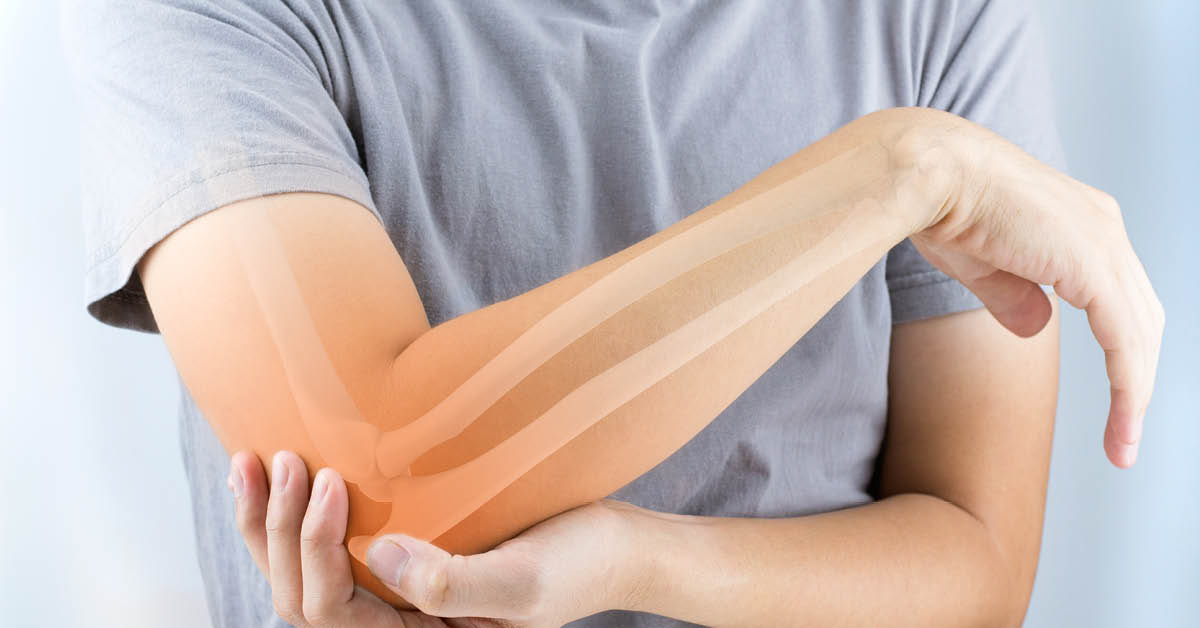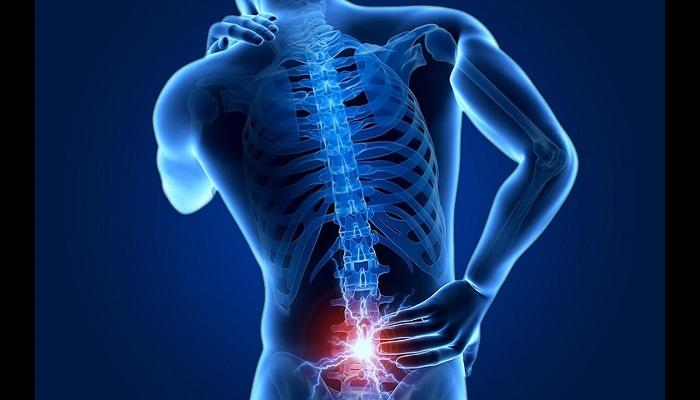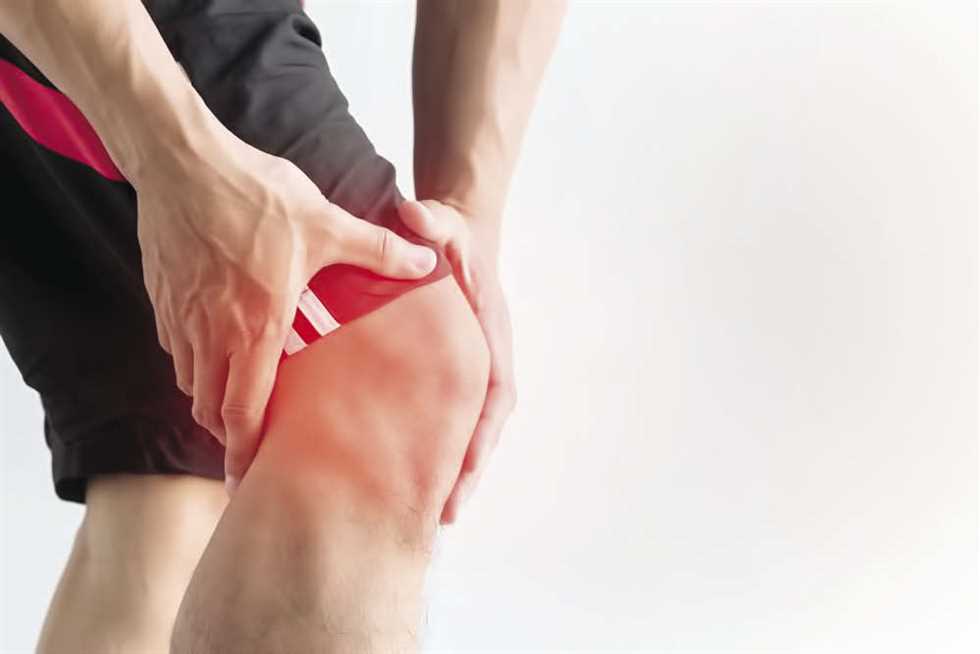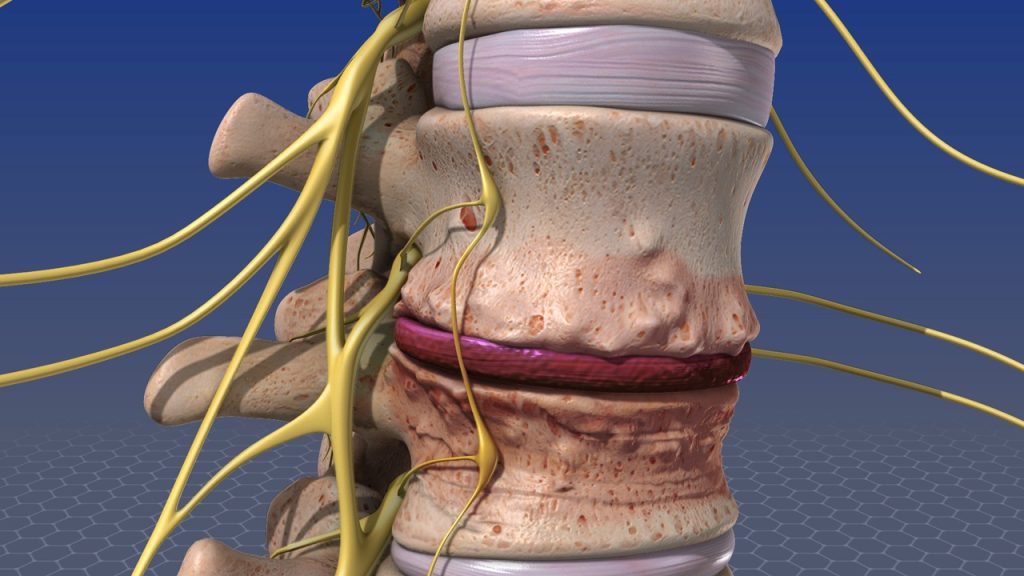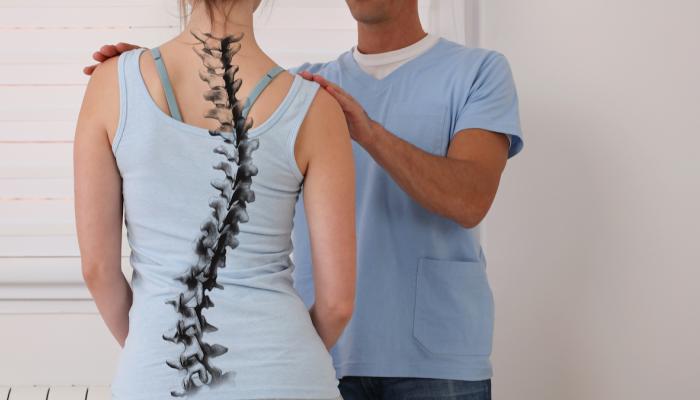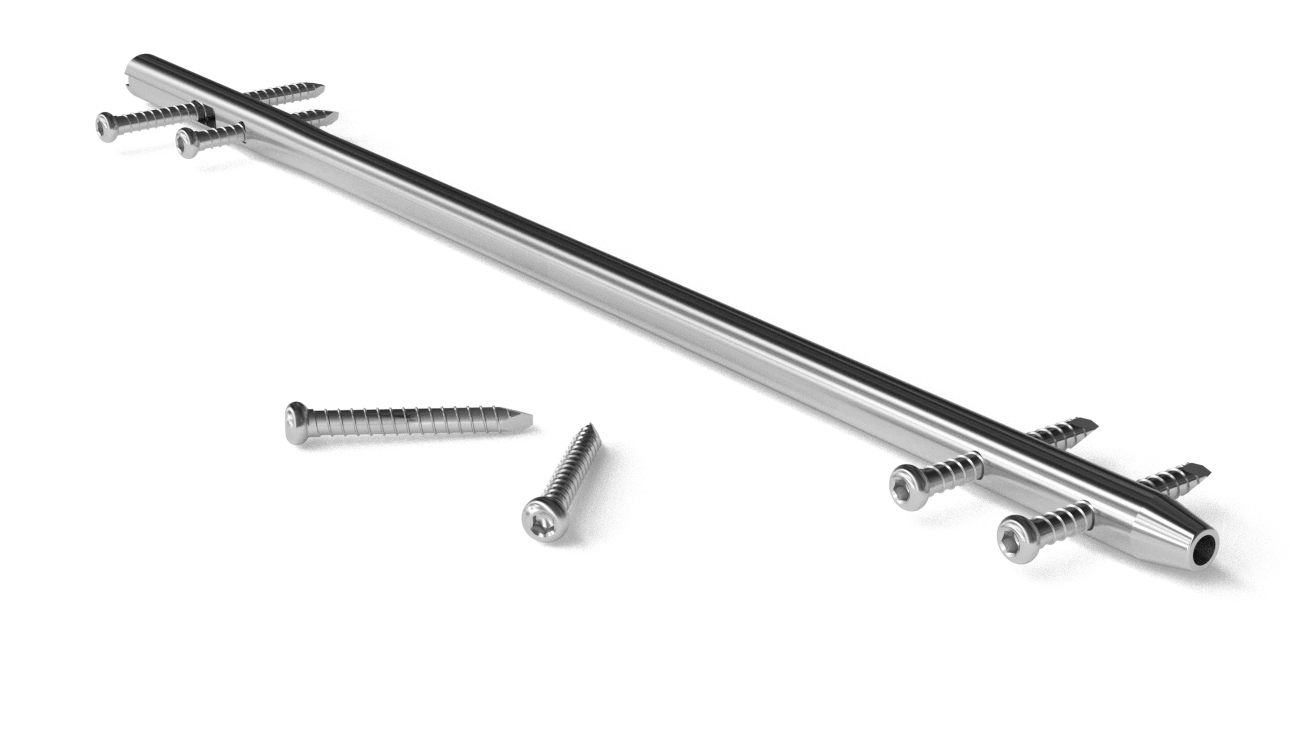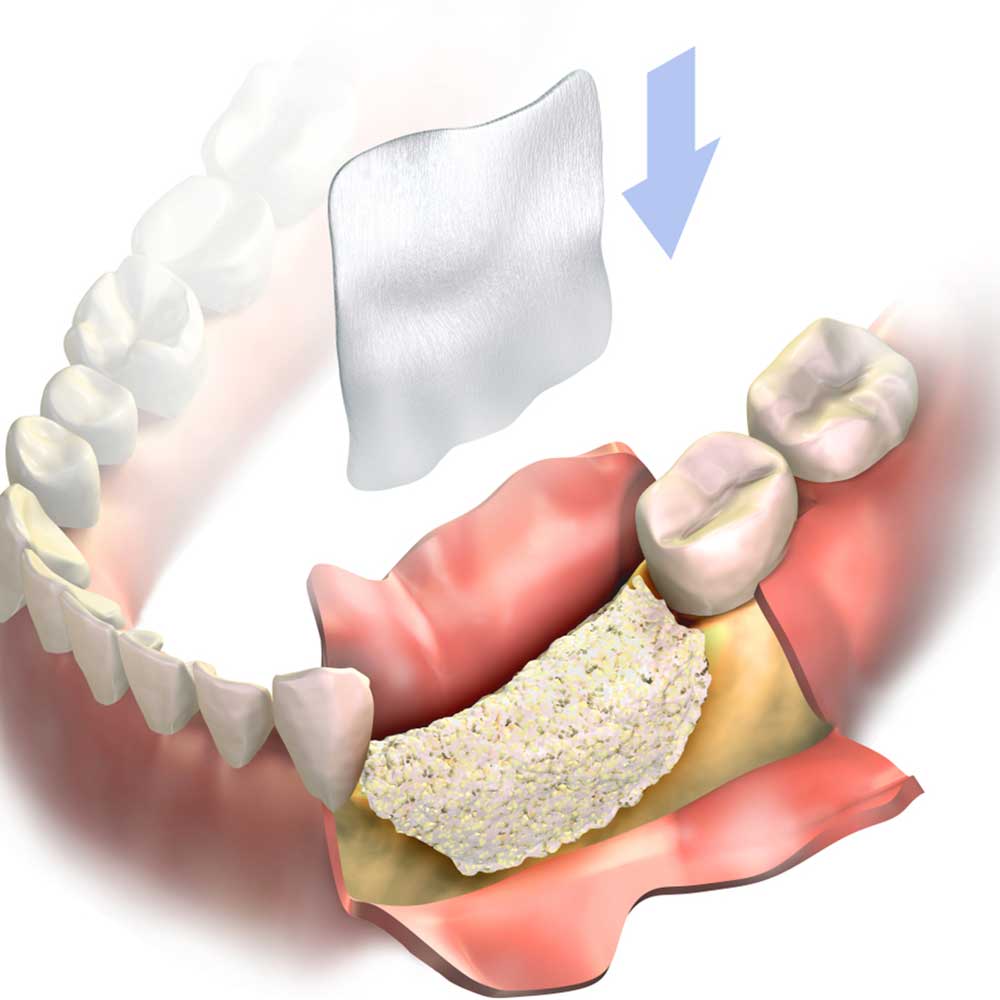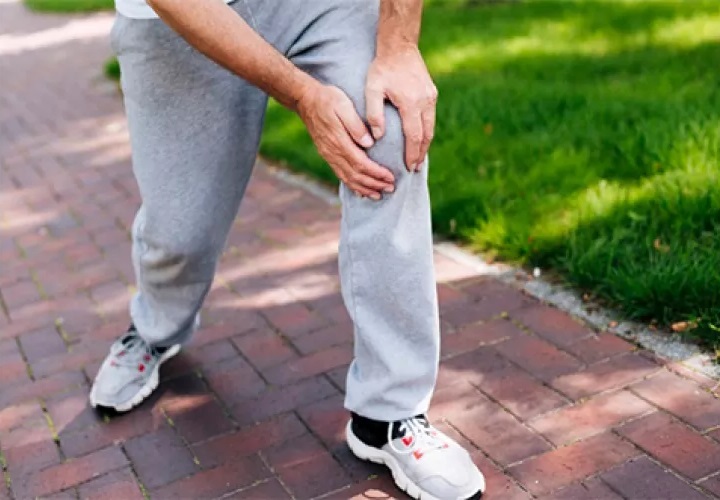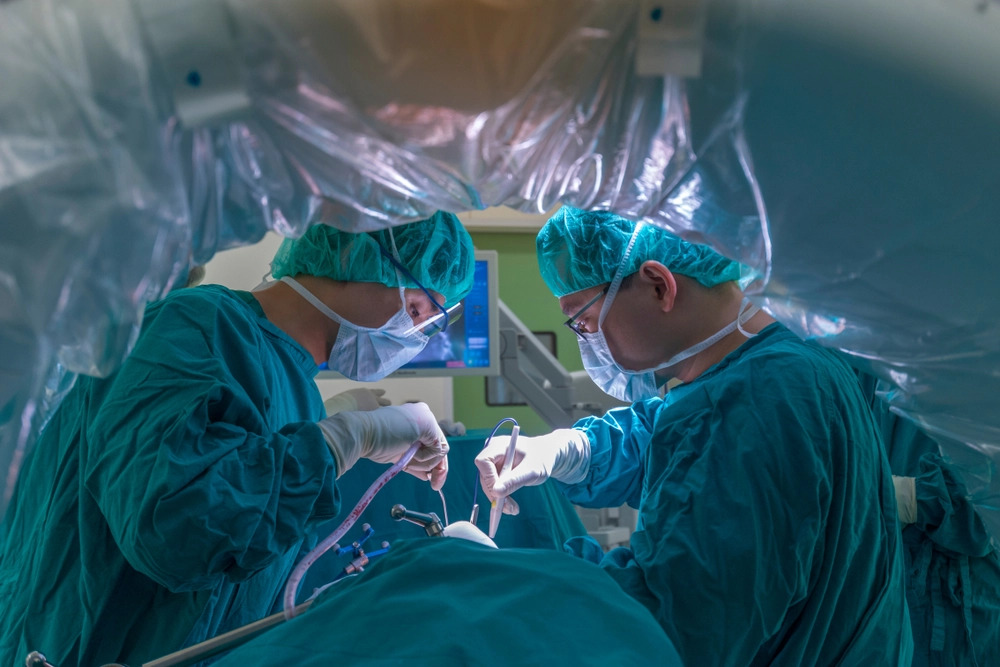Medical knee wear
The medical knee is one of the means that is used when suffering from many knee problems and has effective results. In the following article, we will learn about the types of medical knee and how to use them well.
Medical knee wear
The medical knee has a lot of benefits because it provides great support to the knee in case of exposure to some injuries, but to obtain effective results from behind it, care must be taken to wear it correctly, and the method of wearing each type differs from the other, but in the beginning, some things must be taken into consideration, including:
- Choosing the most appropriate type of brace: This is done according to the severity of the injury that the individual may have been exposed to and the damage caused to him. If the injury is a simple sprain, light pressure can be used. In the case of fractures or a strong cut, a solid brace is chosen for the joint that is supported by plastic and metal, and the specialized doctor determines the most appropriate type for the individual according to his diagnosis of the condition.
- Placing the brace on the foot: In the beginning, the pants are lifted, then the individual puts the brace from the top and takes it out from the bottom, after that he passes the brace upward until it rests on the affected knee, if the brace is of a type that wraps and is not similar to a sleeve, then, in that case, it is placed from the inside on the knee and then the straps are wrapped.
- Adjusting the brace on the kneecap (above the knee): Most types of braces contain a small hole in the front to indicate its correct position on the foot, and the kneecap must be visible from that hole in order for this to indicate the most suitable position for it on the foot, as this position is more comfortable for the individual and works to ventilate the skin under the brace well, and care must be taken to adjust it so that the opening does not jam the skin, and make sure that the brace does not slip before installing it.
- Tighten the straps: You have reached the final result if the correct position is set when using compression sleeves. In the case of additional straps, you must wrap them around the brace from the back and secure it towards the front with the straps, and the brace must be stable without being too tight, and this is tested by inserting a finger between the leg and the brace, and if this does not happen, then this is evidence of the necessity of loosening it a little.
Medical knee benefits
The medical knee has many benefits, and that is why doctors recommend using it in many cases, and examples of its importance include:
- It is one of the important means that are used to relieve pain when exposed to some injuries.
- It greatly contributes to tightening the knee and protecting it from any collision that may affect it.
- The medical knee works to reduce inflammation around the knee joint as a result of suffering from some diseases.
- It plays a big role in strengthening the joints that surround the knee.
- Sports people use it more than others to protect them from serious injuries.
- The medical knee has a major role in putting pressure on the cartilage that is present in the knee area, and this leads to a dissonance of the cartilage and forces it to return to its normal place.
Benefits of a silicone knee
The benefits of a silicone knee are many things, the most important of which are:
- It treats knee roughness and relieves cartilage pain.
- Silicone knee wear has a great role in reducing joint pain and reduces cartilage erosion.
- The individual can keep wearing the silicone knee while sitting, at work, when traveling, sleeping, walking, and running.
- Silicone knee pads are widely used by the elderly to relieve the knee pain they feel.
- People who do many activities all the time can wear a silicone knee brace to reduce pain and prevent friction when moving.
- During exercise, an open kneecap is worn to protect the knee.
- The medical knee works to stimulate blood circulation, which contributes to accelerating the recovery process from inflammation in the knee and feeling completely comfortable.
- The compressive medical knee is used to treat ligament tears and knee sprains.
- The kneecap has a major role in reducing the pressure on the knee joint and bearing the weight on it to rest the joint.
- The medical knee is used in the treatment of rheumatoid infections.
- Compressive medical knee works to treat tendon and cruciate ligament infections.
- Silicone knee wear contributes to alleviating the pain caused by osteoarthritis.
Medical Knee Sizes
The medical knee is available in the market in many sizes, and the appropriate one is chosen for each individual over the other, and there are four sizes, and they are S – M – L – XL. The specialist helps the doctor to choose the appropriate size for the patient to obtain satisfactory results. If the medical knee does not fit his size, the desired results will not be achieved.
Medical knee and prices
The prices of the medical knee are not high so it is easy to obtain in addition to being available in many pharmacies, as it is only about 190 Egyptian pounds.
Artificial knee
In the process of replacing the artificial knee joint, the damaged part of the joint is replaced with an artificial one to be able to restore its movement normally and perform its function most appropriately for him, and in that process, the damaged parts are cut off and removed permanently, then they are replaced with another artificial limb made of aluminum, plastics, and polymers of high quality.
The patient initially undergoes a good diagnosis so that the doctor can determine the most appropriate procedure for him, and this is done by making x-rays that explain this matter well, and there are many types of prostheses that the doctor chooses from, taking into account some factors such as weight, the extent of the activity of the individual, his health condition, and the shape and size of the knee.
Types of artificial knee joints
There are many types of knee joints, and the most suitable ones are used according to what suits the individual, and the types are classified in terms of the materials they are made of and their stability, and here are each of them:
Types by material
- Metal on plastic: This type is the most common among artificial joints, and it has a metal component that connects from the bottom of the thigh bone and is installed on a plastic spacer made of polyethylene and connects from the top of the leg nerve, and among the most used metals are cobalt, chromium, titanium, or zirconium or nickel, which is the cheapest type and more capable of continuing for long periods.
- Ceramic over plastic: Ceramic is used on the hip joint instead of metal, or metal is used that is coated with ceramic and is installed on a plastic spacer, and this type of industrial joint is used with people who are allergic to nickel, which is used in metal joints.
- Ceramic on ceramic: This type of joint is made entirely of ceramic, on the side that pertains to the middle of the joint of the femur or shinbone, and although the joints made of ceramic are better than others because they reduce their sensitivity of them, they are criticized for making a creaking sound while walking, or if it is subjected to severe pressure, it is exposed to fragmentation into small parts that require surgical intervention to remove it.
- Metal on metal: This type of artificial joint consists entirely of metal, but it has been discontinued in recent years for fear of metal leakage into the blood, as this is very dangerous.
Types according to stability
- Fixed-Bearing Implant: The plastic separator is attached to the top surface of the shin bone in a fixed manner that does not allow it to move at all and is firmly attached to the metal base so that the femur is sliding over this spacer, and the fixed artificial joints can provide a good range of motion that lasts for a long period, like the bones of some patients, but excessive movement and weight gain cause damage to the fixed joint.
- Mobile-Bearing Implant: This type of joint can move in a wider range, as it gives the ability to the shin to rotate short distances around the metal base, and the doctor recommends this type of joint for young people or those who need to move more than the normal rate, and this type of joint allows the ability to move well in both the front and the side of the knee, which makes the joint able to last for longer periods of time and reduce the incidence of wear.
The best types of knee joints
The artificial joints with a moving surface are the best joints that are used for the knee, and this is because they are very flexible in their movement, which allows them to move freely in many directions, and this makes the patient more comfortable.

